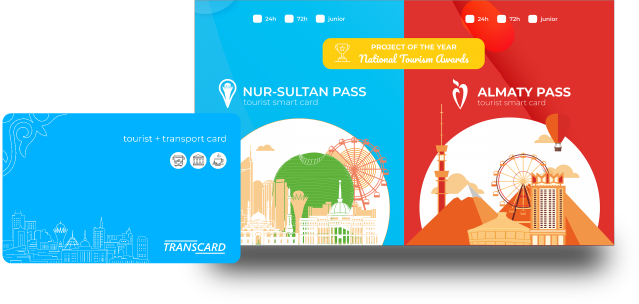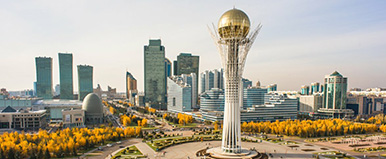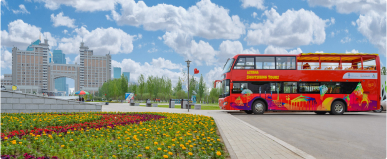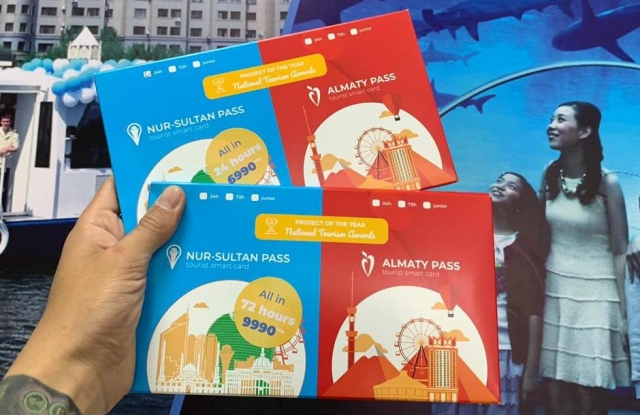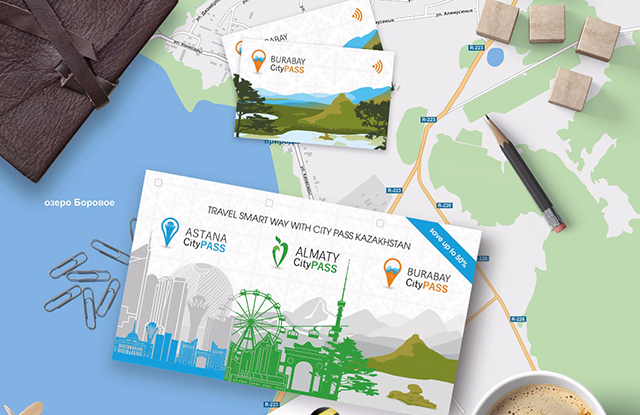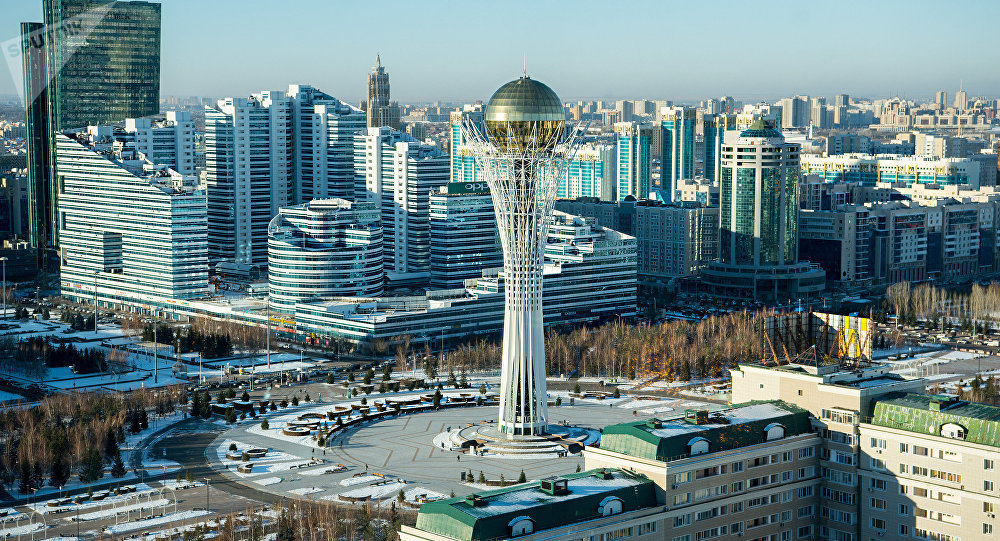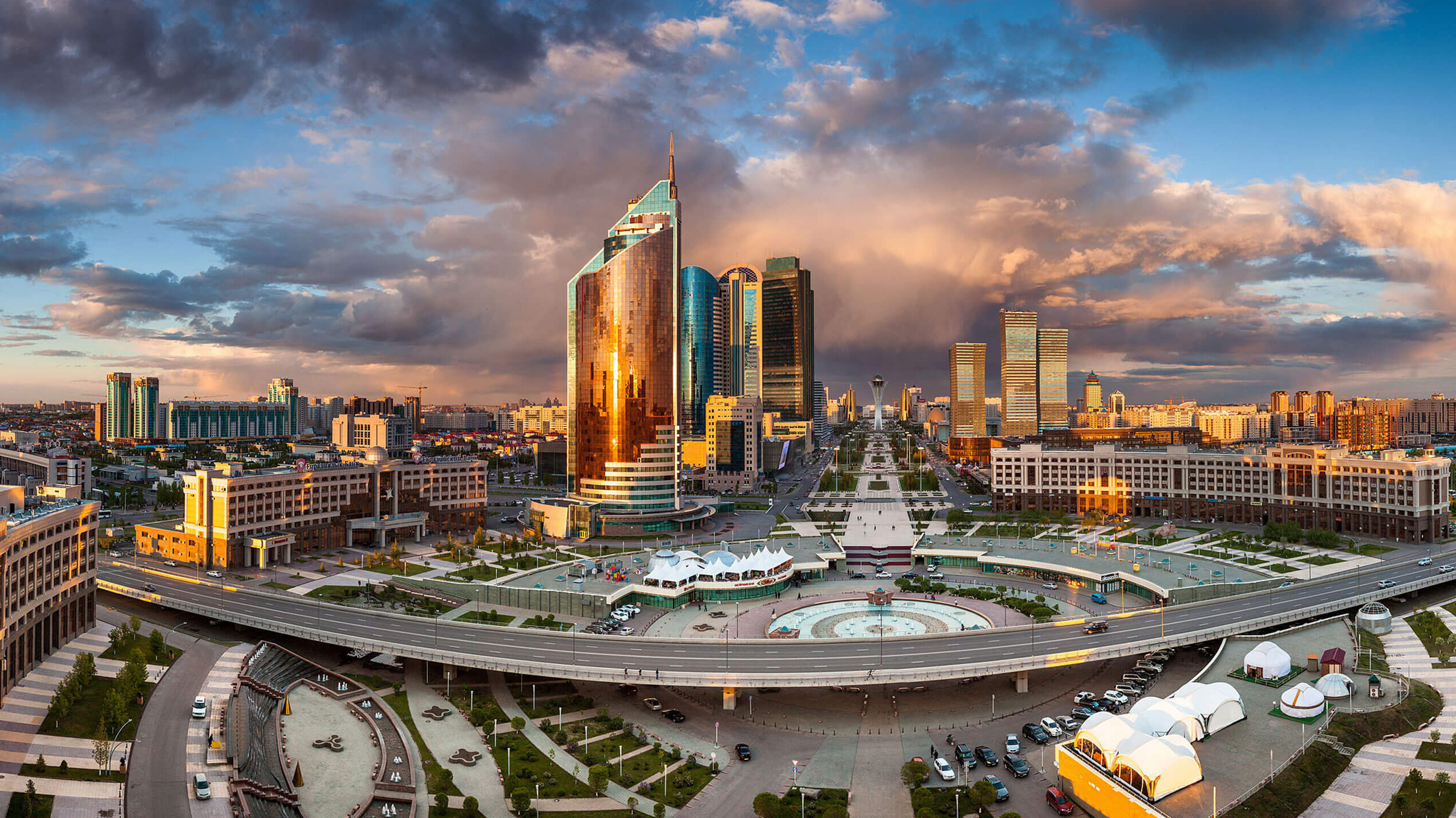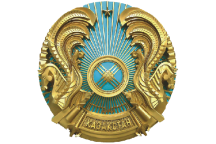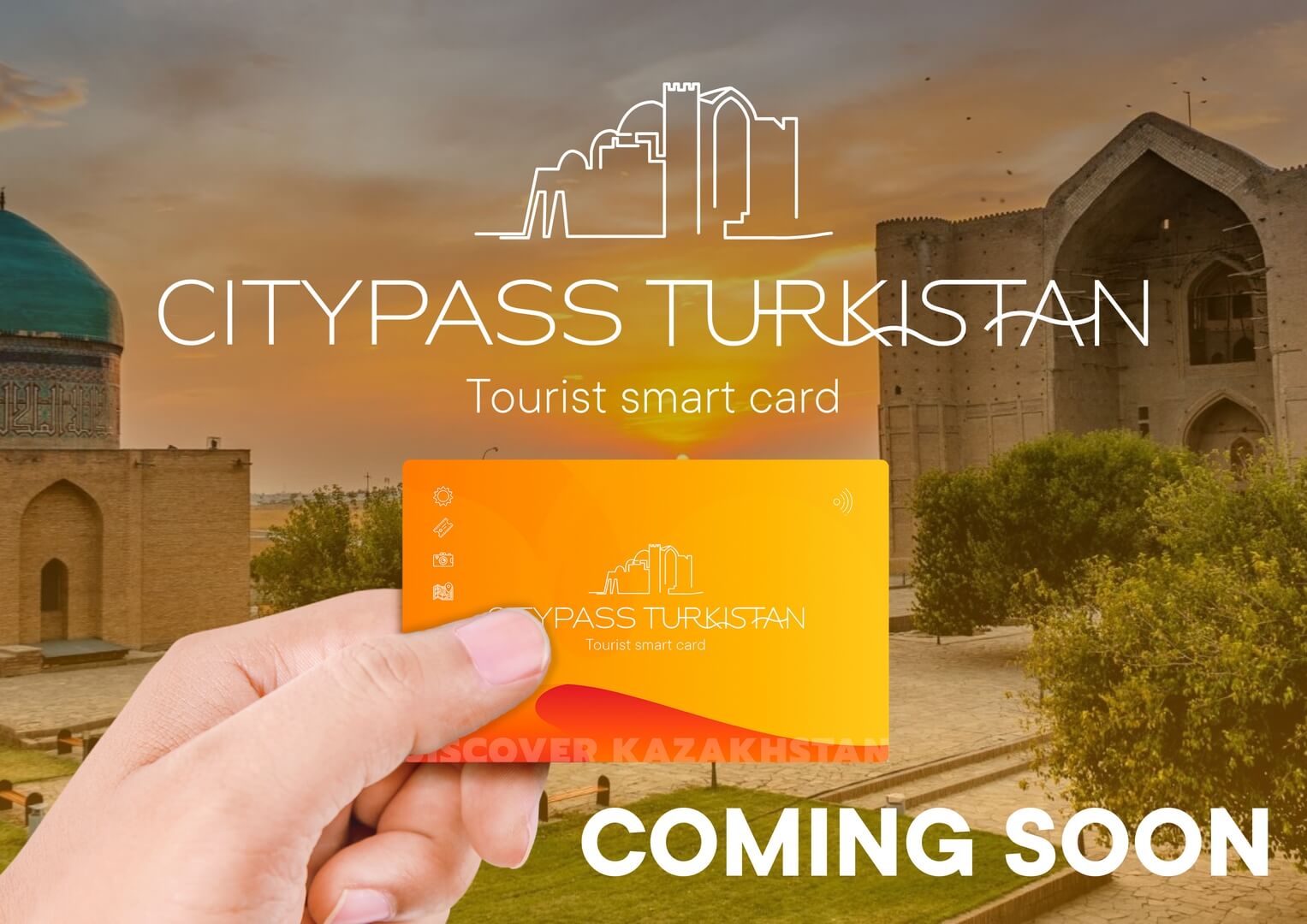05 August 2020
The capital of Kazakhstan Astana in 2019 received a new name-the city of Nur-Sultan. Why did this happen and what do we know about the history of this ancient and majestic city? It is called the pearl of the Kazakh steppe, hundreds of thousands of tourists annually come to enjoy the local beauty. Today, Nur-Sultan is a city that is looking forward, bright, strong, prosperous and, of course, worthy of detailed acquaintance.
The History Of Astana
A thousand years ago, caravan routes intertwined in the vast steppes of Kazakhstan. People were passing through a desolate, majestic land and one day decided to stay. According to the findings of archaeologists, the ancestor of the modern capital was the settlement of Bozok, founded in the VII century. The remains of this agricultural settlement were discovered during the expansion of the city limits.
People threw the cart, then returned again. The final development of this land occurred only in the XIX century. In 1830, an Outpost was built on the right Bank of the Ishim river, around which the city of Akmolinsk grew.
In 1961, the name of the city was changed to Tselinograd. The fact is that it was here that the active development of virgin land took place, and for the Soviet Union, the virgin land was of state significance as a source of grain crops.
After the collapse of the USSR in 1992, the city was returned to the historical name of Akmola. It is translated as ‘white Shrine’ or ‘white abundance’. The first option points to the nearby Taitobe tract with snow-white limestone hills. According to the second version, there was always an abundance of dairy products at city fairs.

The next widely known name of the city is Astana, that is, the capital. This literal renaming was related to the status it had acquired. In what year did Astana become the capital of Kazakhstan? The transfer of the capital to Akmola occurred in 1998 on the initiative of the First President of Kazakhstan . The Supreme Council made this decision four years earlier, but the final relocation of the capital of Kazakhstan took time.
By the way, the first capital of Kazakhstan is not Alma-ATA, which received this status in 1929, and is now referred to as the southern capital. All the capitals of Kazakhstan before it are: Semipalatinsk, Orenburg, Kyzyl-Orda.
Renaming the capital of Kazakhstan
When Astana became the capital, Kazakhstan was not going through the best of times. Empty counters in stores, exorbitant prices,destruction of industry, social unrest — it was against this background that the first person of the state proposed to move the capital. There was a lot of controversy on this topic, but the city of Astana accepted this mission and today demonstrates how much it has changed

Here are some facts:
Astana has become the second largest city in the country;
it has implemented modern architectural and urban planning projects;
the population has grown significantly. Astana in 1996 — 270 thousand people, and in 2019-more than a million
What is the reason for getting a new name in Astana? The renaming was initiated in March 2019 by the new President of Kazakhstan . This decision was intended to emphasize the importance of the personality of the First President of the country, as well as his contribution to the development of the Motherland. In addition, the literal translation of the new name is interesting and beautiful and means ‘Light ruler’.

Nur-Sultan is a city with beautiful sights
How old is Astana? Many tourists even today, calling Nur-Sultan Astana, ask this question. On the one hand, the history of the city is ancient, on the other — it looks modern, causes surprise and admiration.
Every year, Kazakhstanis celebrate the capital’s Day on July 6. It is interesting that on this day not only the decision was made to move the capital, but also the first President of Kazakhstan was born.

Since 1999, the coordinates of Astana have been registered by UNESCO as a»city of peace». Here’s what we know about it today: the map of Astana is divided into four districts (Almaty, Baikonur, Yesil, Saryarka). Astana districts have existed in this form since 2018. They also include a forest nursery in the East with an area of 459 hectares and a dacha near the Koyandy reservoir in the North, which balances the climate in the city of Astana.
Hazret Sultan Nur-Sultan Mosque(Astana)
Which region corresponds to the capital? It is located in the Akmola region and borders three of its districts (Tselinograd, Shortandinsky and Arshalynsky);
the flag of Astana looks like a blue rectangle with the city’s coat of Arms in the middle, from which Golden sun rays radiate. The coat of arms combines two symbols — Baiterek and Shanyrak;
in 2017, Astana became a millionaire city. The population of Astana as of February 1, 2019 was 1 082 222 people;
the river in Astana is a picturesque Ishim, a left tributary of the Irtysh. It was here that Akmolinsk was founded in the XIX century. The location was chosen to avoid places where the river overflows its banks every year.
Khan Shatyr in Nur-Sultan (Astana)
Where in Nur-Sultan in the first place to go for tourists? The main business card of the capital is the Baiterek complex. It was erected in 2002 and looks like a strong tree made of steel and concrete with a height of 105 m, symbolizing a state that has preserved its historical roots, has a strong support and aspires to prosperity in the future.
Baiterek, Nur-Sultan(Astana)
At an altitude of 97 meters in Baiterek is an artistic composition «Ayaly alakan» («caring hands»), where there is an impression of the right hand of the First President. It also contains a wooden globe on which representatives of 17 religions of the world signed autographs as a sign of the unity of all religions.
Pyramid in Nur-Sultan/Astana
Other unique architectural structures of the capital are also worthy of your attention:
Pyramid-shaped Palace of peace and accord;
Shopping center in the form of a tent » Khan Shatyr»;
The most remote Oceanarium from the sea «Duman»;
The Opera and ballet theatre, the mosque «Hazret Sultan»;
Numerous museums and cultural centers.
Kazakhstan concert hall
In 2011, for the 7th Asian winter games, Astana was decorated with a 30,000-seat indoor stadium «Astana-arena «and a 10,000-seat bike track» Saryarka», which was recognized as the best in the world.
The Ice Palace «Alau» deserves attention. In 2017, Astana hosted the international specialized exhibition Expo 2017, which is also associated with the construction and expansion of the capital.
Atyrau Nur-Sultan bridge(Astana)
This is Nur-Sultan-the capital that embodies power, dynamic development and stability. It is interesting that after renaming its inhabitants are still called Astana residents, and they did not have to change their documents. Until the new name came into use, the city uses two names
.
